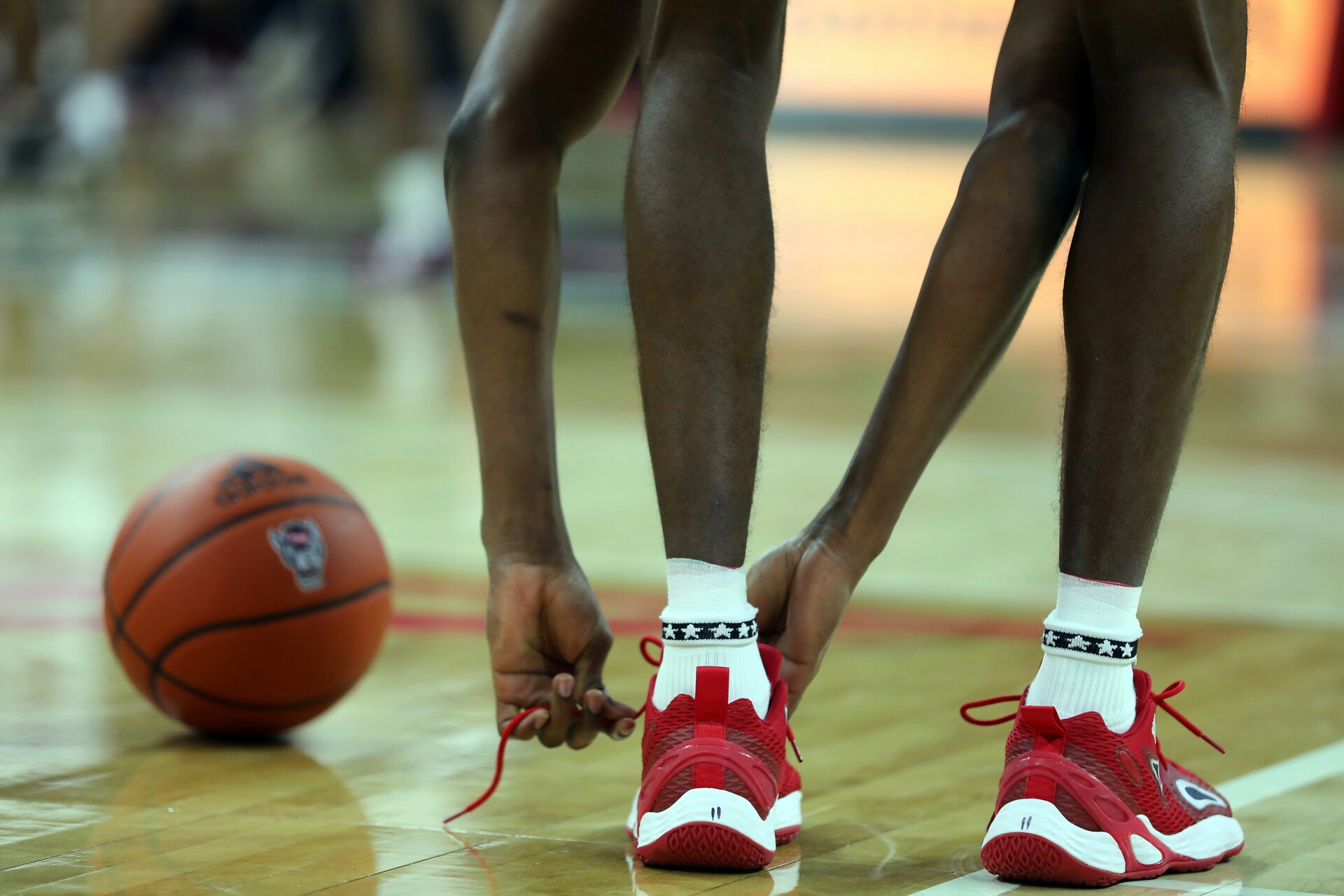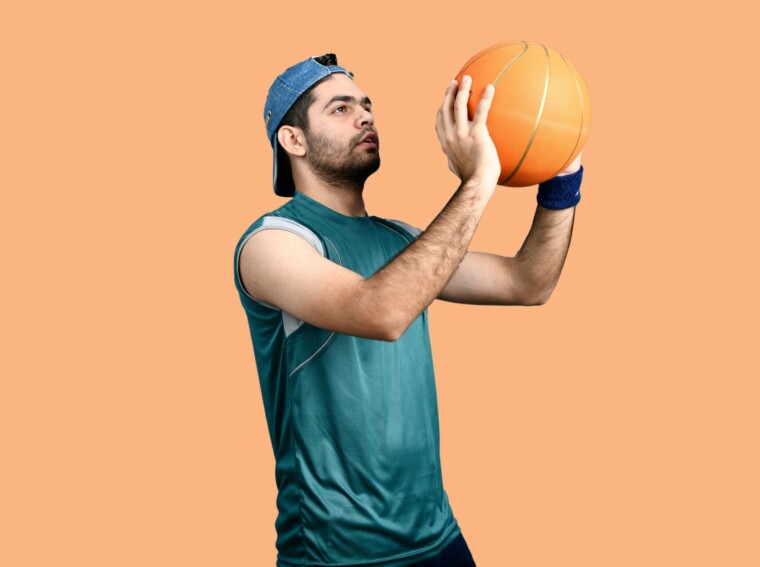Something has changed in basketball. And it’s not just the speed of the game or the range of the throw. From stuffy high school gyms to the glittering NBA arenas, players are no longer just “training harder.” They’re training smarter. Wearable technology has taken the league by storm—and it’s already become an integral part of training. Even in Indonesia, teams are paying close attention to the trend. How fast is too fast? How tired is too much? No more guesswork. Just data. Here’s how it works.
Tracking Every Movement
Interestingly, the craving for numbers goes beyond professional sports — it gradually penetrates the behavior of fans. People began to follow the game differently, delving deeper into statistics and making more informed decisions. This is especially noticeable in spaces like MelBet, where everyone can feel like a coach on the sidelines. Thousands of matches, game simulations, analytical tools — all this turns every click into an element of strategy. And, as on the dance floor, the one who sees deeper wins.
Today, devices read everything. GPS chips, heart rate monitors, accelerometers—basketball players have become walking data sets. One NBA game generates more than a million measurement points: speed, jump height, distance, fatigue, and recovery. Devices like Vector from Catapult or WHOOP bracelets are now standard. And not only in games, but also during training. In the Indonesian national league, similar technologies have already begun to be implemented in work with young people. The task is not just to find a star, but to maintain their health until the moment of takeoff.
Inside the Player’s Dashboard
From Los Angeles to Jakarta, athletes increasingly want to understand what is happening to their bodies. Interestingly, a similar thirst for control and analysis is observed in online entertainment. Today, choosing a slot is no longer a matter of chance, but a strategy. Slot gacor is a classic example, featuring five reels, 25 paylines, a high frequency of bonuses, and adaptive gameplay. The machine seems to catch the player’s pace, reacting to the rhythm, almost like a sensor, only in the world of games.
Today, every NBA player has a personal biometric dashboard — and it’s more than just graphs and numbers. It’s a mirror that reflects the athlete’s physical condition. Here’s what they see:
- Heart rate variability (HRV): an indicator of stress, recovery, and overall readiness. If HRV drops two days in a row, it’s an alarm signal for the medical staff.
- Stress index: takes into account the number of sprints, dashes, and collisions — it shows how overloaded the body is.
- Sleep quality: read from rings and bracelets. Below 80 points? Expect a gentle workout.
- Hydration: data on fluid loss and electrolyte levels is obtained using special patches. Replenishment — in real time, without guesswork.
This is not science fiction. This is the everyday life of the modern NBA.
From Data to Decisions
Where do all these millions of measurements go? Straight to the decision makers. Coaches, doctors, analysts — each of them has heart rate charts, heat maps, and acceleration graphs on their screen. Golden State once noticed that the load on Steph Curry had increased sharply by the middle of the season — they revised their training regimen. The result? Fewer minor injuries, higher percentage of shots made in April.
The Miami Heat went even further. Using wearable analytics from STATSports, they tracked the “readiness” of players. In March, Jimmy Butler was pulled from two games in a row. He returned with 30 points and 92% of fast-break shots. The winner is not always the most technical one. But the one who knows when to push — and when to take a step back.
Preventing Injuries Before They Happen
It’s not about managing injuries anymore. The main thing is to prevent them. At the Toronto Raptors, wearable analytics helped notice a change in Fred VanVleet’s movements. A slight imbalance in his lateral steps appeared a week before the pain. The coaches immediately prescribed rest. The result: injury was avoided.
In 2023, 72% of NBA teams reported using wearable data to prevent soft tissue injuries. And it paid off: the number of hamstring strains across the league decreased by 17%. Even in the Indonesian professional league, coaches began tracking peak loads during tournaments to prevent player overload. The conclusion is simple: the more accurate the data, the longer the career.
Custom Training Through Tech
Training is no longer a one-size-fits-all proposition. It’s now tailored to the individual. Luka Doncic? His plan includes weighted sprints based on deceleration data. Jaren Jackson Jr.? He’s prescribed vertical jump sessions tailored to his explosiveness.
 In 2024, the league recorded its highest average PER in a decade. Coincidence? Hardly. Personalized training based on biomechanics allows players to grow without the risk of overtraining. Elite camps across Asia, including Indonesia, are already integrating wearable analytics into their daily routines. The future is precision, individuality, and intelligence.
In 2024, the league recorded its highest average PER in a decade. Coincidence? Hardly. Personalized training based on biomechanics allows players to grow without the risk of overtraining. Elite camps across Asia, including Indonesia, are already integrating wearable analytics into their daily routines. The future is precision, individuality, and intelligence.
Coaches, Analysts, and Algorithms
The modern coaching room is increasingly reminiscent of an analytical center. Laptops, tablets, and movement maps. Intuition is still important, but decisions are made based on numbers. Here’s how different specialists use data in practice:
- Head coaches: Adjust rotations based on fatigue and sprint metrics.
- Load analysts: Identify patterns, predict when a player may lose tone.
- Medical staff: Receive signals if the stride pattern has changed, indicating a possible risk of injury.
- Sports nutritionists: Monitor hydration levels and change diet in real time.
These are no longer add-ons, but a necessity. The brighter the staff works, the safer and more effective the team looks on the court.
The Future is Worn, But the Heart Still Plays
Yes, wearable technology is everywhere. It makes players faster, more accurate, and more resilient. But the essence of the game is the same. Live. Real. When the final buzzer sounds, it is the heart that goes for the ball; it is the character that decides the outcome, not a sensor or a graph. And no device can yet measure the soul of a player.
